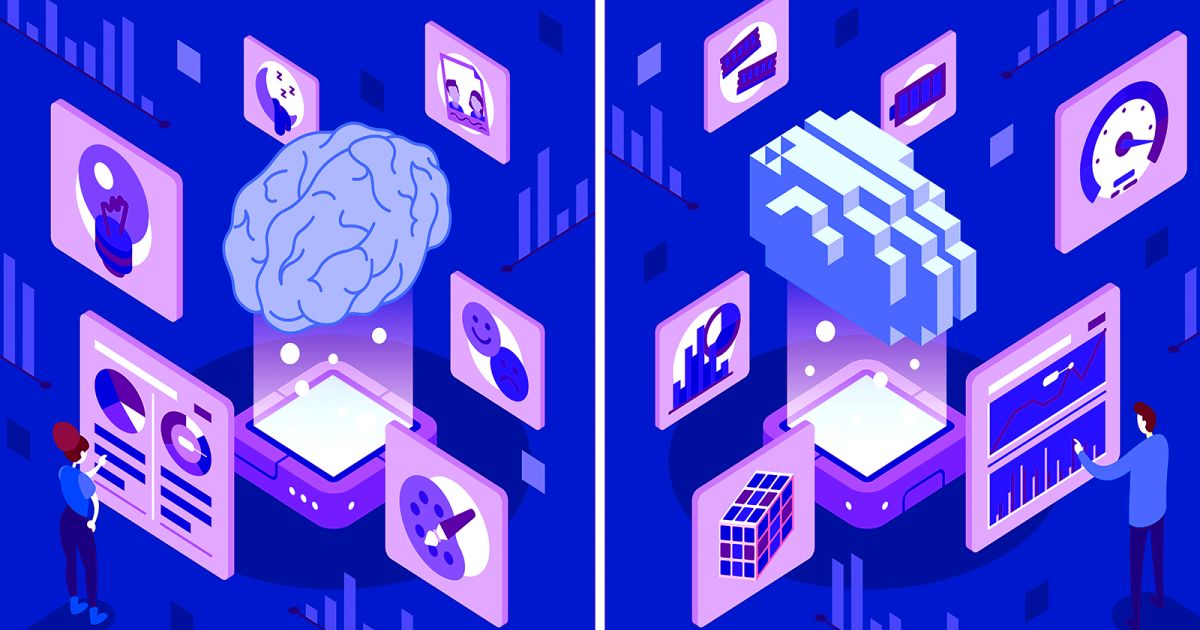Weak AI Artificial Intelligence Examples and Limitations

Contents
Weak AI: Examples and Limitations
What Is Weak AI?
Weak AI, also known as narrow AI, is a type of artificial intelligence limited to a specific area. It simulates human cognition and has the potential to automate time-consuming tasks and analyze data in ways humans can’t. Weak AI can be contrasted with strong AI, which is equal to human intelligence.
Key Takeaways
- Weak AI is limited to a specific area.
- Weak AI is contrasted with strong AI, which is equal to human intelligence.
- Weak AI lacks human consciousness, although it may simulate it at times.
Understanding Weak AI
Weak AI lacks human consciousness, although it may simulate it at times. The classic illustration of weak AI is John Searle’s Chinese room thought experiment. This experiment shows that a person outside a room can have a conversation in Chinese with a person inside the room who is given instructions on how to respond to Chinese conversations.
In this experiment, the person inside the room appears to speak Chinese. However, they can’t actually speak or understand a word of Chinese without the instructions. They appear to have strong AI, but they actually only have weak AI.
Narrow or weak AI systems have specific intelligence, not general intelligence. An AI expert at giving driving directions may not be able to challenge you to a game of chess, and an AI that can simulate speaking Chinese may not be able to clean your floors.
Applications for Weak AI
Weak AI helps turn big data into usable information by detecting patterns and making predictions. Examples of weak AI include Meta’s newsfeed, Amazon’s suggested purchases, and Apple’s Siri.
Email spam filters are another example of weak AI; they learn which messages are likely to be spam and redirect them to the spam folder.
Limitations of Weak AI
In addition to its limited capabilities, weak AI can cause harm if a system fails. For example, a driverless car that miscalculates the location of an oncoming vehicle could cause a deadly collision. It can also be exploited by someone wishing to cause harm, such as a terrorist using a self-driving car to deploy explosives.
Another concern is the potential loss of jobs due to automation. While the prospect of high unemployment may be terrifying, AI advocates believe that new jobs will emerge as the use of AI becomes more widespread.



